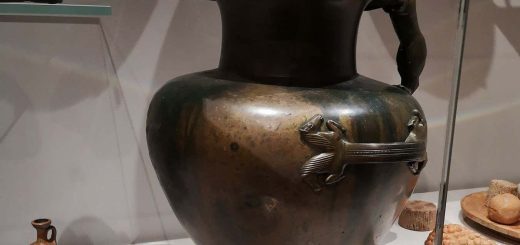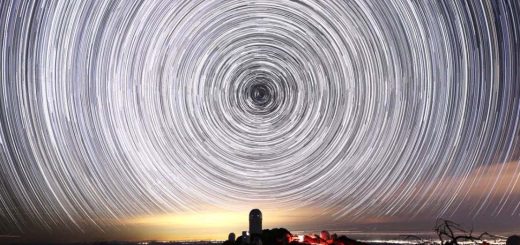Forests with robust animal populations store four times as much carbon
An analysis of thousands of forest plots reveals an underappreciated link between animal biodiversity and carbon storage
By James Dinneen
29 July 2025
Animals like capuchin monkeys help spread seeds in tropical forests
Carlos Grillo/Getty Images/iStockphoto
Tropical forests populated with a diversity of seed-dispersing animals can accumulate carbon up to four times as fast as fragmented forests where these animals are absent or their movement is restricted.
“This shows a linkage between animal biodiversity loss and a process that exacerbates climate change,” says Evan Fricke at the Massachusetts Institute of Technology. “We’re losing the regrowth potential of tropical forests.”
Read more
Deforestation is partly to blame for Amazon's worst-ever drought
Advertisement
Animals contain just a tiny fraction of the carbon stored in the environments where they live. But there is increasing recognition their activities can have outsized impacts on their ecosystems’ carbon. One important contribution comes from animals like monkeys, birds and rodents, whose behaviour disperses a great diversity of seeds across a wide area.
Still, “it’s been really hard to translate that to the long-scale processes like the carbon recovery of entire landscapes”, says Fricke.
Fricke and his colleagues analysed more than 3000 plots in tropical forests where trees were growing back – and accumulating carbon – after a disturbance. They then estimated the amount of disruption to the movement and diversity of seed-dispersing animals in each plot. The estimates relied on factors like the amount of forest fragmentation and data from tracked animals.


